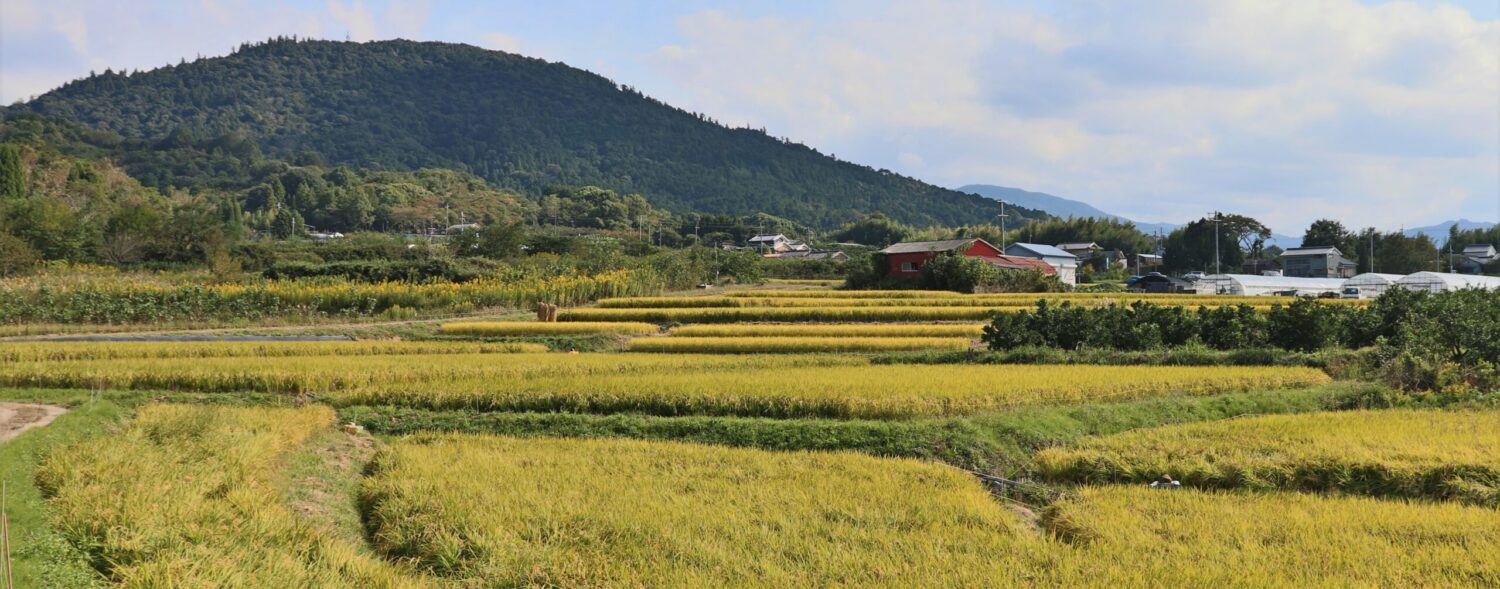Exploring Japan’s Cultural Heart
From Natural wonders, historic treasures, and local secrets, see Kansai through our eyes.
Welcome to Kansai Odyssey
KANSAI ODYSSEY is a website that seeks to “explore Kansai off the beaten path”.
New Articles
Ads


Adventures in Kansai and Beyond

Exploring Japan’s Cultural Heart
From Natural wonders, historic treasures, and local secrets, see Kansai through our eyes.
Welcome to Kansai Odyssey
KANSAI ODYSSEY is a website that seeks to “explore Kansai off the beaten path”.

